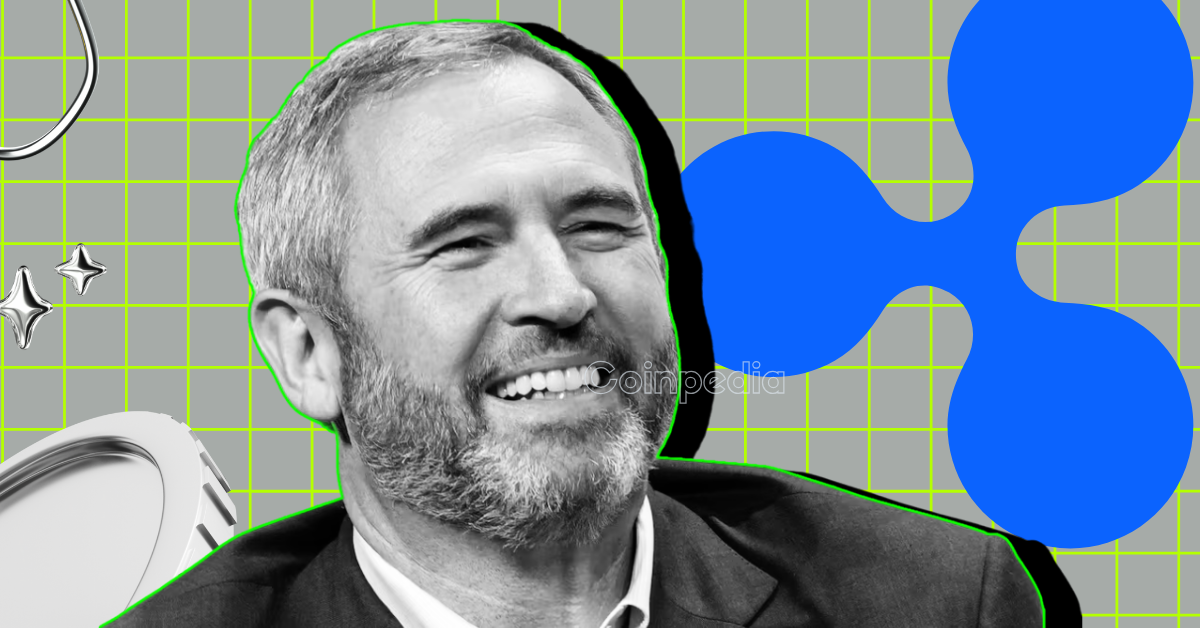The crypto world is on the edge of its seat as July 9, 2025, approaches. On this day, Ripple’s CEO, Brad Garlinghouse, will testify before the U.S. Senate Banking Committee in a hearing titled *From Wall Street to Web3: Building Tomorrow’s Digital Asset Markets*. This event marks a pivotal moment in the ongoing effort to establish a clear regulatory framework for the crypto industry in the United States. The stakes are high, and the outcome could shape the future of digital assets for years to come.
The Urgency of Regulatory Clarity
At the heart of Garlinghouse’s testimony is the urgent need for regulatory clarity in the crypto space. For years, the industry has operated in a legal gray area, with conflicting interpretations and ambiguous guidelines stifling innovation and leaving consumers vulnerable. Garlinghouse has been a vocal advocate for well-defined rules, arguing that they are essential for fostering growth, protecting investors, and preventing the migration of crypto companies to more favorable jurisdictions.
Garlinghouse has emphasized that Ripple’s hiring strategy has been impacted by regulatory uncertainty, with a significant portion of its workforce being recruited outside the U.S. This underscores the real-world consequences of the current regulatory environment. Without clear guidelines, businesses face compliance challenges, institutional investors remain hesitant, and consumers risk exposure to fraud and market manipulation.
Key Legislative Considerations
The Senate hearing comes at a critical time, as lawmakers are actively working on legislative proposals to modernize crypto regulations. One of the most significant pieces of legislation under consideration is the CLARITY Act, which aims to define crypto rules more precisely in law. A key focus of this legislation is distinguishing between securities and commodities, a distinction that has been a source of tension between the SEC and the CFTC.
Garlinghouse is expected to push for a clear delineation of regulatory responsibilities between these agencies, ensuring that businesses have a clear roadmap for compliance. He will likely advocate for a consistent application of securities laws, emphasizing that not all digital assets should be treated as securities. Instead, he may argue for a more nuanced approach that distinguishes between utility tokens and other types of digital assets.
Another critical aspect of the proposed legislation is the need for a balanced regulatory framework that fosters innovation while protecting consumers. Garlinghouse will likely highlight the potential benefits of blockchain technology, such as financial inclusion, reduced transaction costs, and new economic opportunities. He may also propose specific measures to enhance transparency and prevent the misuse of digital assets for illicit activities.
The Broader Implications for the Crypto Industry
The outcome of this Senate hearing will have far-reaching implications for the entire crypto industry. A clear and comprehensive regulatory framework would provide much-needed certainty for businesses, paving the way for increased institutional adoption and mainstream acceptance of digital assets. With clear guidelines in place, institutional investors would be more likely to allocate capital to the crypto market, driving liquidity and fostering further innovation.
Conversely, failure to achieve regulatory clarity could further stifle innovation and drive businesses overseas, diminishing the United States’ position as a leader in the digital asset space. It could also perpetuate the existing climate of uncertainty, leaving consumers vulnerable to potential risks and scams.
XRP Holders and the Regulatory Landscape
The hearing also holds particular significance for XRP holders, who have been closely following the legal battle between Ripple and the SEC. The SEC’s lawsuit against Ripple has created uncertainty about XRP’s regulatory status, casting a shadow over its future. XRP holders are hopeful that the Senate hearing will help resolve this long-standing regulatory confusion and provide greater clarity on its classification.
A favorable outcome could boost confidence in XRP, potentially leading to increased adoption and price appreciation. However, if the hearing fails to provide clarity, the legal and regulatory uncertainty surrounding XRP may persist, further impacting its market position.
Garlinghouse’s Testimony: A Balancing Act
In his testimony, Garlinghouse faces the delicate task of advocating for regulatory clarity while emphasizing the importance of fostering innovation and avoiding overly burdensome regulations. He must strike a balance between protecting consumers and enabling the industry to thrive.
Garlinghouse is expected to highlight the potential benefits of blockchain technology and digital assets, emphasizing their ability to improve financial inclusion, reduce transaction costs, and create new economic opportunities. He will likely argue that a well-designed regulatory framework can unlock these benefits while mitigating potential risks.
He will also likely address concerns about money laundering and other illicit activities, emphasizing the industry’s commitment to combating these issues. Garlinghouse may propose specific measures that can be implemented to enhance transparency and prevent the use of digital assets for illegal purposes.
Beyond Ripple: A United Industry Front
Garlinghouse will not be the only industry leader testifying before the Senate Banking Committee. Other prominent figures, including Chainalysis CEO Jonathan Levin, are also scheduled to testify. This unified front demonstrates the industry’s collective commitment to working with lawmakers to establish a clear and comprehensive regulatory framework.
These industry leaders will likely echo Garlinghouse’s call for regulatory clarity, emphasizing the importance of fostering innovation, protecting consumers, and preventing the exodus of crypto companies to other jurisdictions. They may also offer specific recommendations on how to best regulate the crypto market, drawing on their expertise and experience in the industry.
A Moment of Truth
The Senate hearing on July 9, 2025, represents a moment of truth for the crypto industry in the United States. It is an opportunity for lawmakers to hear directly from industry leaders about the challenges and opportunities facing the sector and to begin forging a path toward a clear and comprehensive regulatory framework.
The stakes are high, and the outcome of this hearing will have a profound impact on the future of the crypto industry in the United States. Whether it becomes a catalyst for innovation and growth or a setback that stifles progress remains to be seen.
The Dawn of a New Era?
As Brad Garlinghouse prepares to address the Senate Banking Committee, the crypto world anticipates the potential dawn of a new era. An era defined by clarity, innovation, and responsible growth. The decisions made on July 9, 2025, could shape the future of digital assets for years to come, influencing not only the U.S. market but also setting a precedent for global regulation. The journey from Wall Street to Web3 is underway, and the Senate hearing may well be the compass guiding its direction.





